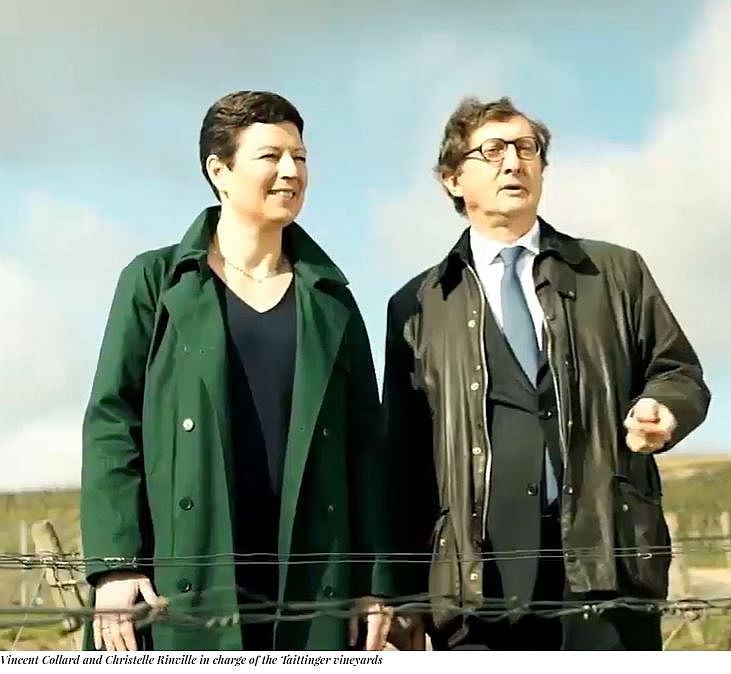By Nicki Bourlioufas
With July the driest month on record in Champagne, producers will have fewer grapes with which to produce the region’s famous sparkling wines. But according to the vineyard director at Taittinger, there were positives from the drought too, with less mould and mildew to harm fruit.
According to Taittinger vineyard director Christelle Rinville, the high levels of sunshine were the cause of very marked grape burns or scalding. Moreover, water stress has been very high depending on the vineyard, particularly in the less watered vineyards.


“The rains were indeed very weak this summer (between 18 and 42 mm in the months of July-August to mid-September) and the hours of sunshine were significant. July is historically the driest month observed in Champagne,” Rinville says.
“In the sector of Chouilly or Mailly, for example, at Taittinger with no more than 20mm of water since July, water stress was high.
“Fortunately, the chalk was able to play its role of water reservoir … Rain accumulated from October 2019 to March 2020) in the soils where chalk is very present. Other terroirs have suffered less because they were regularly supplied with water, even if only slightly (around 40mm since July).”
But the drought has also brought some positive points, says Taittinger’s Rinville, with very low level of mildew and an absence of gray rot at harvest. Gray mould rot, or botrytis blight, is a disease of plants growing in humid areas that is caused by Botrytis fungi, usually cinerea. Most vegetables, fruits, flowers, and woody plants are susceptible, including grapes.
“The regular ripening of the bunches; the dry and very bright conditions associated with the perfect sanitary state made it possible to wait to achieve the desired organoleptic characteristics, that degrees [of alcohol] and acidity,” says Rinville.
Also, soils were able to be kept cleaner than usual. “Our practices do not use any herbicides, soiling of the plots is controlled by the passage of tillage tools – therefore we have limited the passage of tractors.”
Hot 2020 after a very hot 2019
A new temperature record was set in 2019 for the Champagne district (42.9°C/109.2°F), and July 2020 was the driest ever recorded, according to the Comité Champagne, the trade association for independent Champagne farmers and producers. The Champagne harvest took place the earliest recorded since it started taking records in the 20th century.
The weight of berries harvested in Champagne was lower than average, meaning less juice for wine production.
The soaring temperatures brought forward grape harvests all over France. While earlier harvest can offset the impact of drier weather, if the grape ripening is too quick, the sugar-to-acid ratio in the berries can be skewed giving sweeter berries and a wine that is higher in alcohol and with less structure, acidity and freshness.

